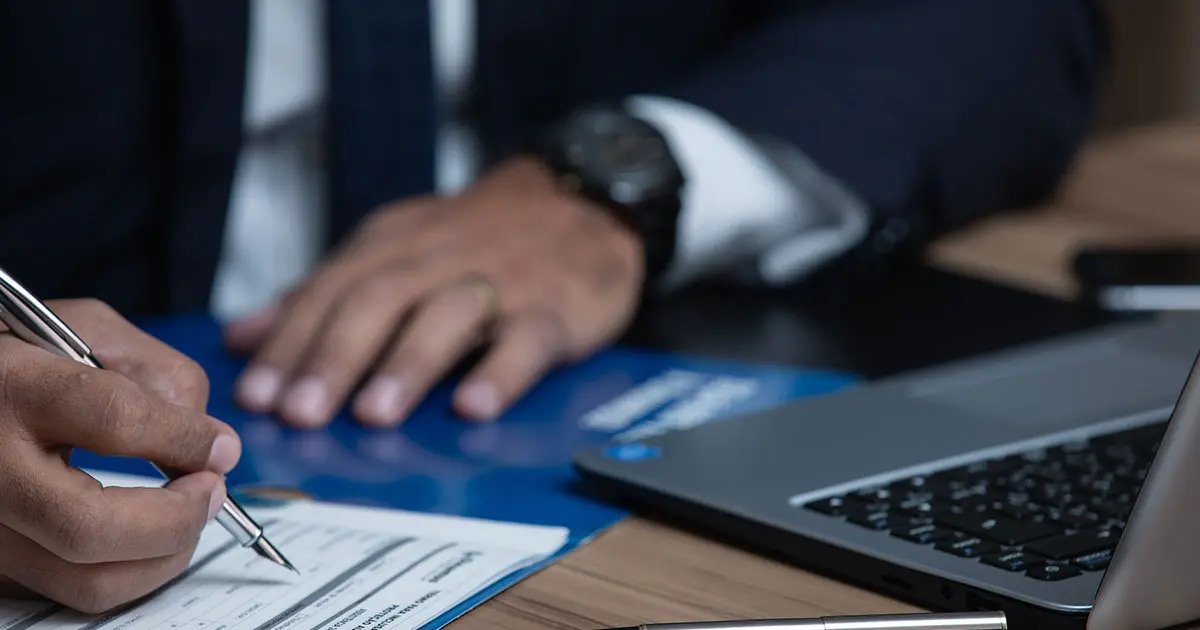Filing for bankruptcy can be an intimidating process. It’s often seen as a last resort, something you do when all other options have been exhausted. But while it may provide immediate relief from overwhelming debt, it has downsides that should not be overlooked.
In this blog post, we’ll explore the downside of filing for bankruptcy and how best to protect yourself from these long-term effects or avoid having to file altogether.
Why People File for Bankruptcy
Before we get into the downside of filing for bankruptcy, it’s important to understand why people turn to this option in the first place. There are several reasons why individuals or businesses may choose to file for bankruptcy. Some common reasons include the following:
- Unmanageable debt: Individuals or businesses may file for bankruptcy if they have more debt than they can afford. This may be due to various factors, including unexpected medical expenses, job loss, or business failure.
- Foreclosure or repossession: If an individual is at risk of losing their home or vehicle due to unpaid debts, bankruptcy may provide a way to stop the foreclosure or repossession process and allow them to keep their assets.
- Garnishment: If an individual’s wages or bank accounts are being garnished to pay off debts, bankruptcy may relieve this burden.
- Lawsuits: If an individual is being sued for unpaid debts and is at risk of having a judgment entered against them, bankruptcy may provide a way to stop the lawsuit and negotiate with creditors.
- Business restructuring: Businesses may file for bankruptcy to restructure their debts and financial affairs to continue operations. This can be particularly useful for businesses that are facing financial difficulties but have the potential to recover with the right restructuring plan.
What Happens When You File Bankruptcy (The Pros)
Aside from the immediate relief it provides, filing for bankruptcy can have advantages in the long run. Some of the most common benefits include:
- Credit repair: The process of filing for bankruptcy can help rebuild an individual’s credit rating over time. This is because, once the bankruptcy is discharged, creditors may be more willing to extend new lines of credit or approve loan applications.
- Debt discharge: Depending on the type of bankruptcy filed, some or all of a debtor’s debts may be discharged. This means the individual no longer has any legal obligation to pay back those debts and can start fresh with their finances.
- Protection from creditors: Once bankruptcy proceedings begin, certain laws go into effect that prevents creditors from taking certain actions against debtors. These include wage garnishment and repossession of assets.
However, to have a successful bankruptcy filing, it’s important to understand the potential downsides and take steps to mitigate them. You should also consult a qualified bankruptcy attorney to ensure you’re prepared for the process.
At WantAFrestStart, we have experienced attorneys who can help guide you through the filing process and ensure you’re taking all the necessary steps to ensure a successful outcome. Contact us today for more information.
The Downside Of Filing For Bankruptcy
If you are someone who has been planning to file for bankruptcy, you should be aware of the downside of doing so. This is to ensure that you make an informed decision and are prepared for the consequences of taking this step. Here are some of the downsides of filing for bankruptcy:
What Bankruptcy Means for Your Credit Score
One of the most well-known downsides to filing for bankruptcy is how it affects your credit score. Bankruptcy stays on your credit report for 10 years, meaning your credit score will be significantly reduced until it’s removed.
This means that you will likely not be able to get a loan or credit card with favorable terms until this time has passed. In addition, any future applications you make may require higher interest rates and larger down payments due to the bankruptcy in your past.
Risk of Losing Your Assets
Another downside is the risk of losing some of your assets, depending on the type of bankruptcy you file. With Chapter 7 bankruptcy, all your assets will be sold, and the proceeds will be used to pay off creditors. With Chapter 13 bankruptcy, however, you can keep most or all of your assets if you make a repayment plan that meets court approval.
Stigma Attached To Bankruptcy
Finally, there is also the potential stigma attached to filing for bankruptcy. It’s not something people like to talk about openly, which can lead to feelings of shame and embarrassment. You may find yourself avoiding certain topics or refraining from discussing financial issues with others out of fear or discomfort.
Unfortunately, this stigma can make it more difficult to move forward financially after a bankruptcy filing.
Time and Cost
The bankruptcy process can be time-consuming and expensive, as the individual or business must pay legal and professional fees. It can also require significant paperwork and may involve court appearances and meetings with creditors.
Loss of Control
Filing for bankruptcy may require the individual or business to disclose financial information and submit it to court oversight. This can result in a loss of control over financial affairs and may require the individual or business to make significant changes to restructure debts.
Public Record
Once you file for bankruptcy, it becomes part of the public record and will remain there for up to 10 years. This can cause problems if employers or landlords run a background check before granting you a job or an apartment lease.
High Cost
Filing for bankruptcy is costly, as you must pay filing fees, court costs, attorney fees, and other associated expenses. Depending on the type of bankruptcy filing, the cost can range from hundreds to thousands of dollars.
How To Avoid Bankruptcy Altogether
Bankruptcy can be a frightening prospect, striking fear into the hearts of even the most financially savvy individuals. But fear not, as there are ways you can prevent bankruptcy.
There are several steps that individuals and businesses can take to try to avoid bankruptcy altogether:
- Create a budget: Developing and sticking to a budget can help individuals and businesses to better manage their finances and avoid overspending.
- Reduce debt: Paying off debts as quickly as possible can help to reduce the risk of financial distress. This may involve negotiating with creditors to lower interest rates or monthly payments or consolidating debts into a single loan with a lower interest rate.
- Increase income: Increasing income through means such as taking on additional work, negotiating a raise, or starting a side business can help to improve financial stability and reduce the risk of bankruptcy.
- Cut expenses: Reducing expenses wherever possible can also help to improve financial stability. This may involve canceling unnecessary subscriptions or memberships, shopping for the best prices, and avoiding unnecessary purchases.
Seek financial advice: Working with a financial advisor or bankruptcy attorney can help identify financial problems and develop a plan to address them. They can guide budgeting, debt management, and other financial issues.






